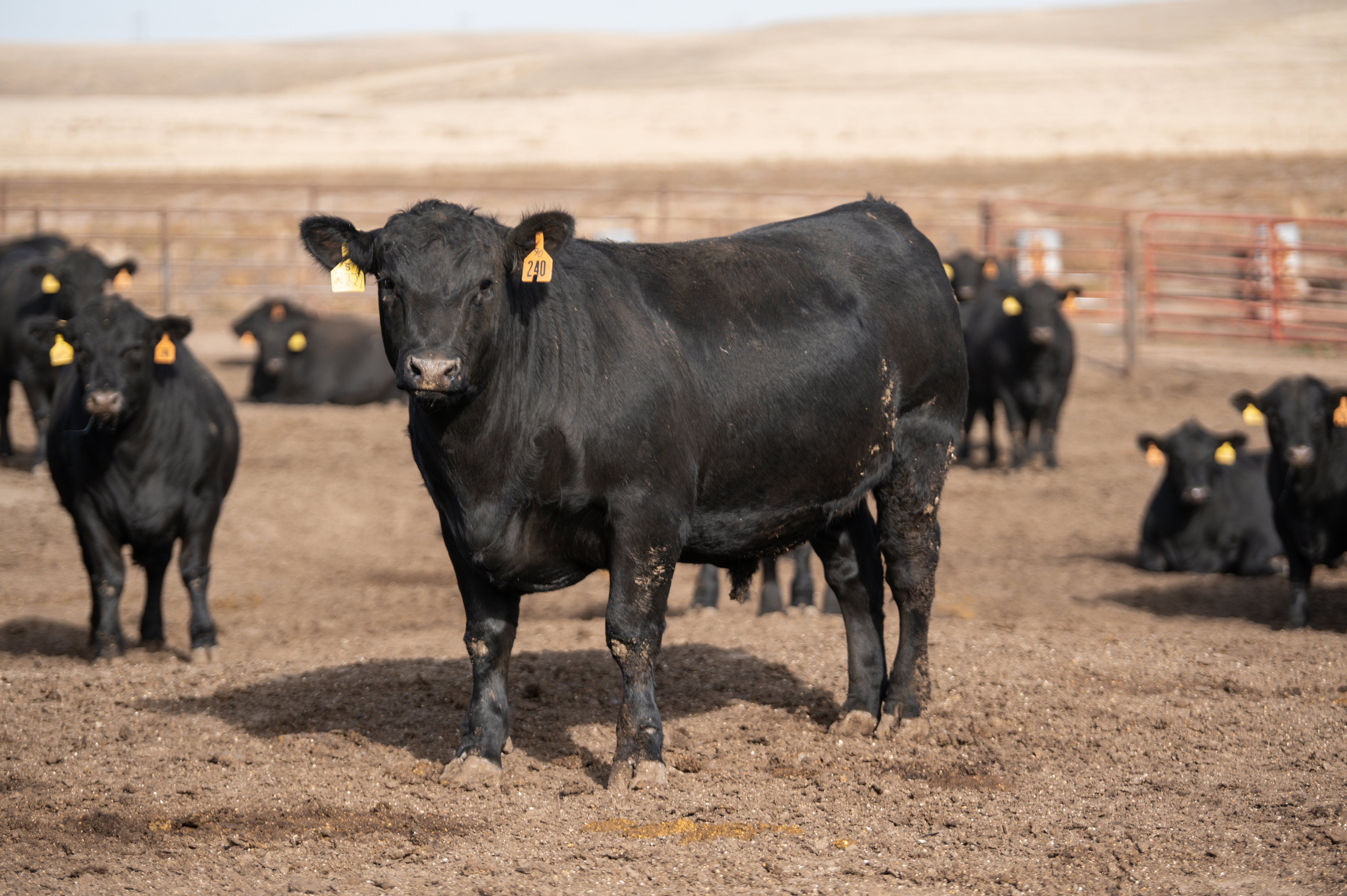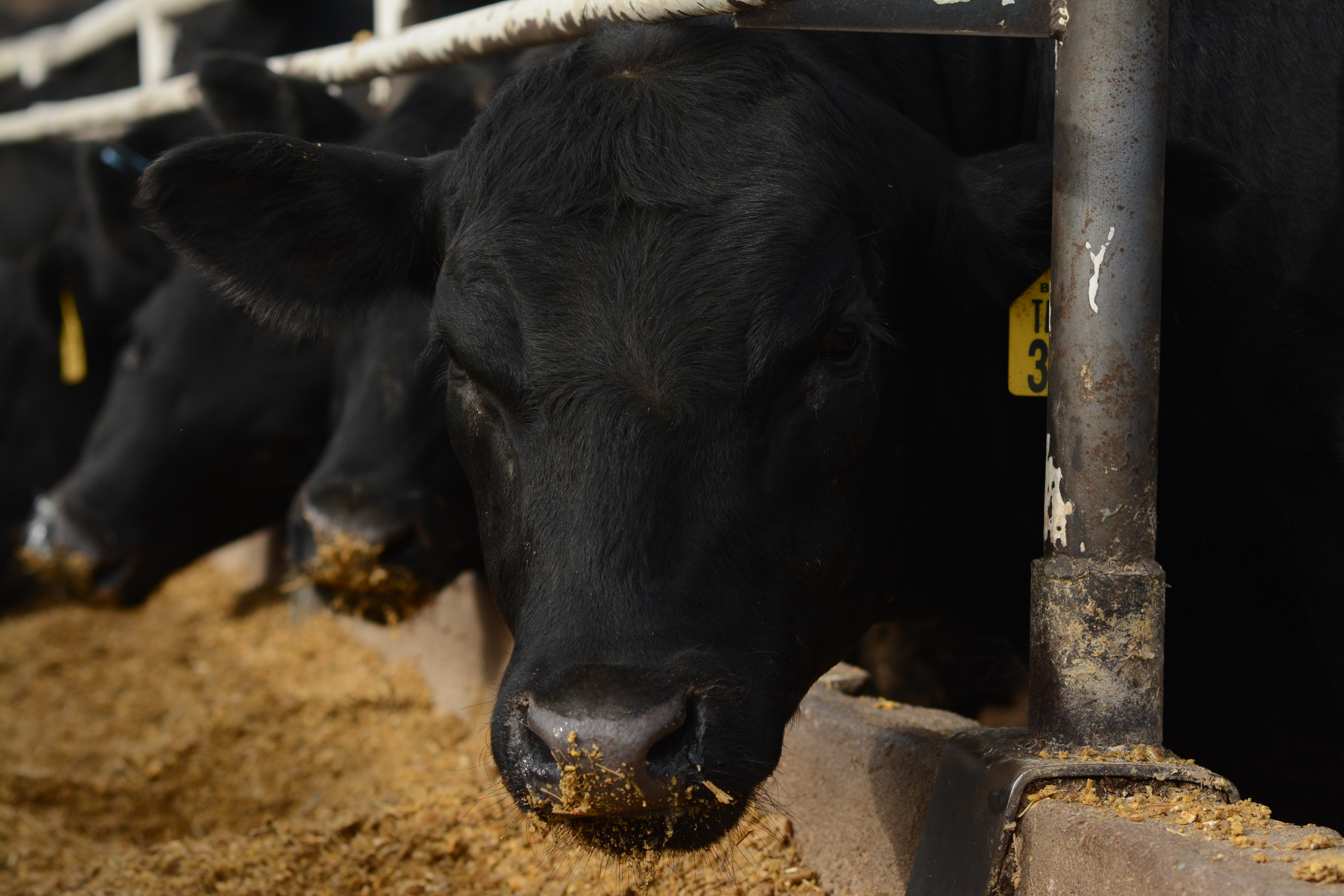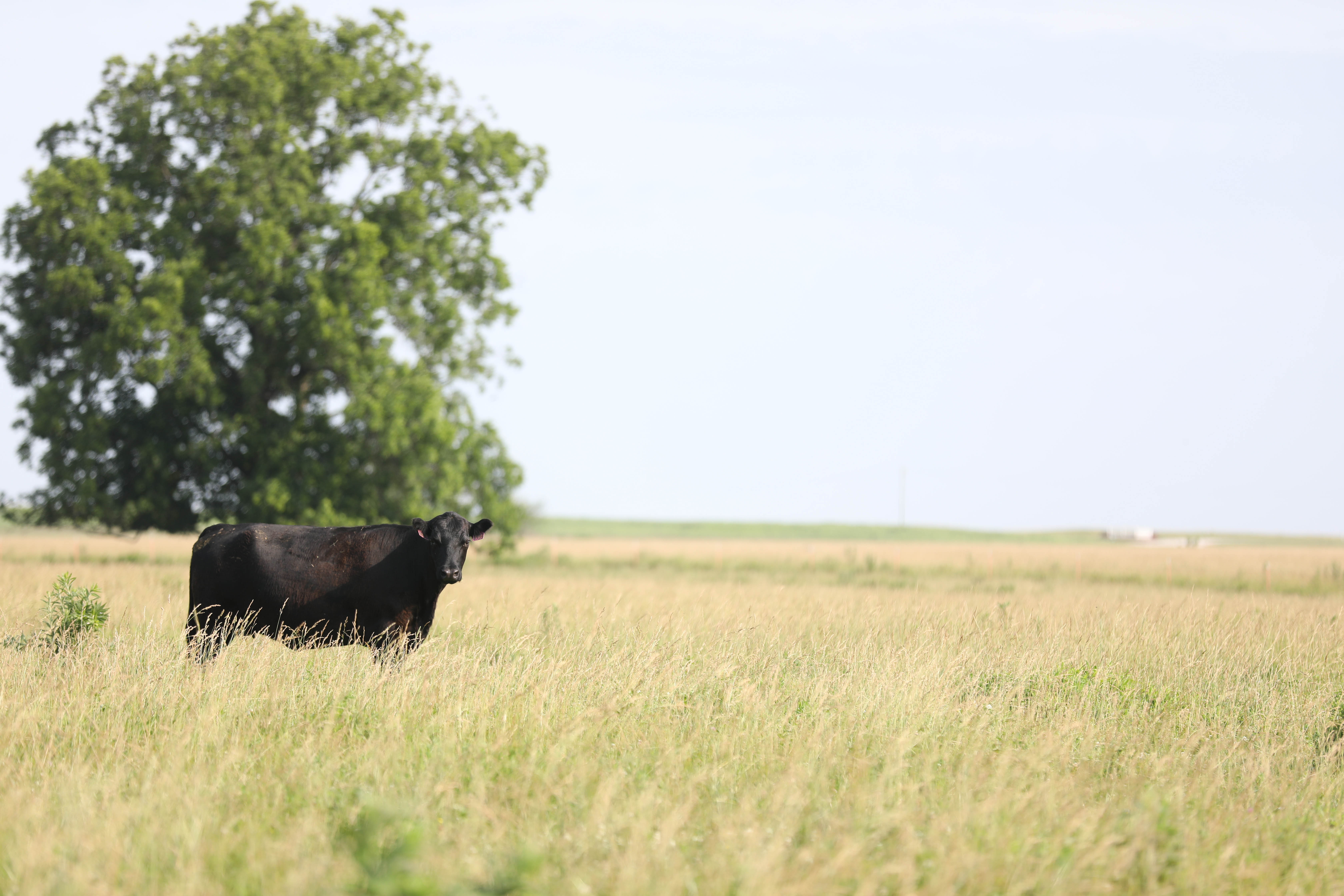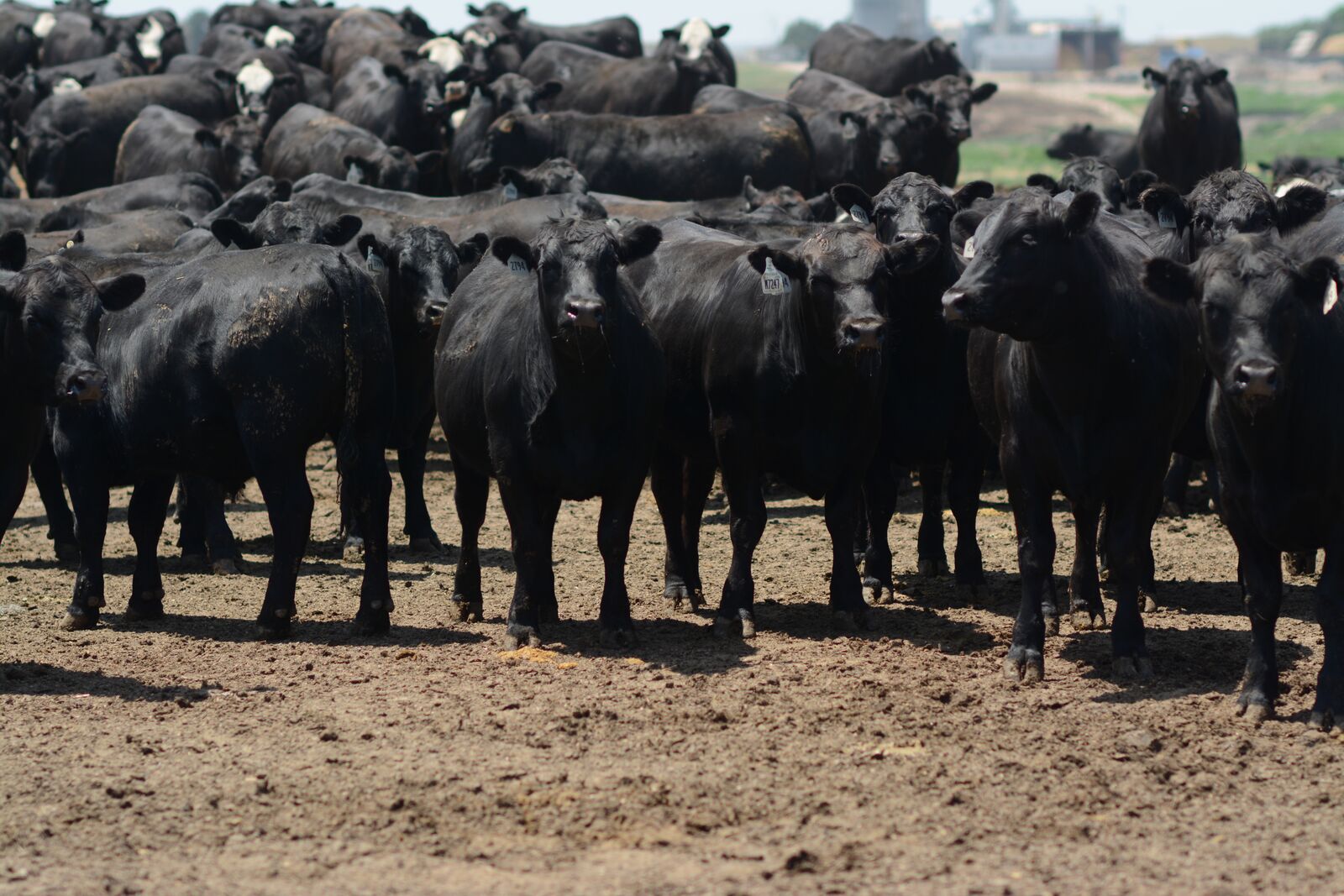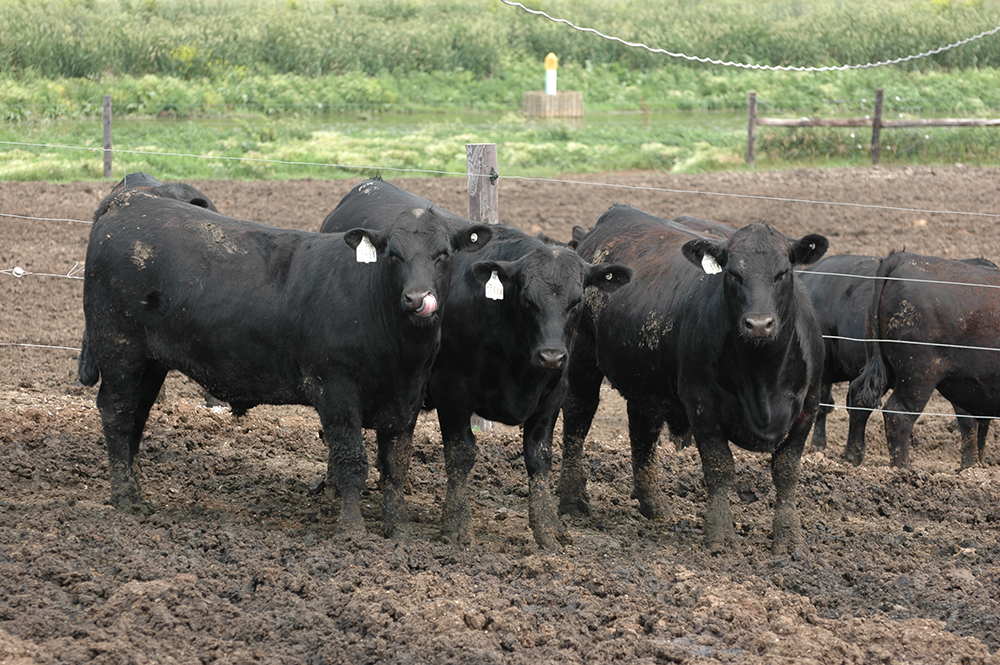If you walk into Darnall Feedlot–whether you’re lost on the quiet western Nebraska county road or you’re a rancher looking to feed some cattle–there’s a smiling face that’s sure to greet you.
 Meet Ruth Ammon. At first glance, she may look like a typical administrative assistant, answering phones and doing bookwork. But if you were to observe her role at the feedyard, you’d see it’s much more than just keeping the iced tea jug stocked.
Meet Ruth Ammon. At first glance, she may look like a typical administrative assistant, answering phones and doing bookwork. But if you were to observe her role at the feedyard, you’d see it’s much more than just keeping the iced tea jug stocked.
“I really like all of it and working with all the people,” Ruth says. “I like working with the employees. I like working with the owners. I like working with the customers. I like answering the phone…” The list continues.
Marriage and career opportunities took her away from Harrisburg, Neb., but it was a family matter that brought her back to Banner County and she says she’s never felt more at home. After her brother passed away, Ruth and her husband felt the call to help her sister-in-law raise her two young sons.
“It was a divine appointment,” she says.
 During the last 10 years, the University of Wyoming animal science graduate has incrementally added both hours and responsibilities as office manager at the 24,000-head feedlot.
During the last 10 years, the University of Wyoming animal science graduate has incrementally added both hours and responsibilities as office manager at the 24,000-head feedlot.
Ruth weighs trucks, answers questions and figures a breakeven with ease. Her entire goal is to make everyone else’s job easier.
She brings a problem-solving approach and smart ideas to the table to do just that. When anyone, from cowboys to feedyard owner-managers Gary and Lane Darnall, wants to know what’s going on for the day, they look no further than the central bulletin board. She posts announcements and updates daily.
“It doesn’t seem to matter where you are, communication is critical,” she says. That’s true externally, too.
A rancher inquiry? Ruth has it covered.
“I can answer more and more questions all the time,” she says, noting that her ag background helps. “The terminology is all familiar.”
Many cattlemen are anxious to get their carcass and feedlot data back, and because it’s important to them, it’s important to Ruth. She’ll track it down.
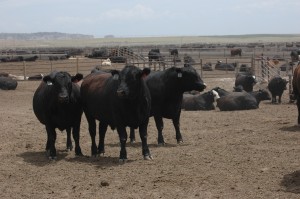 “The customer really wants to know how they perform and how that compares to the rest of the industry,” she says. “They want to know if they’re doing everything right.”
“The customer really wants to know how they perform and how that compares to the rest of the industry,” she says. “They want to know if they’re doing everything right.”
When I asked about her style, Ruth says, “I’m pretty much the same all the time. I’m steady.”
In a business where trucks break down, vendors call at unexpected times, cattle need treatments, and weather changes on a whim, I can’t think of any trait more coveted in a feedyard employee. Steady.
As we work together to provide consumers with consistent, high-quality beef, we’re thankful for dedicated, conscientious people like Ruth who help make that happen.
May your bottom line be filled with black ink,
Miranda
PS–Want to catch up on the whole series? Check out these links below:
- Introduction: Nice to Meat Ya
- Day 1: Ashley Pado
- Day 2: Scott Redden
- Day 3: Jesse Stucky
- Day 4: Bridget Wasser
- Day 5: Amanda Barstow
- Day 6: Josh Moore








